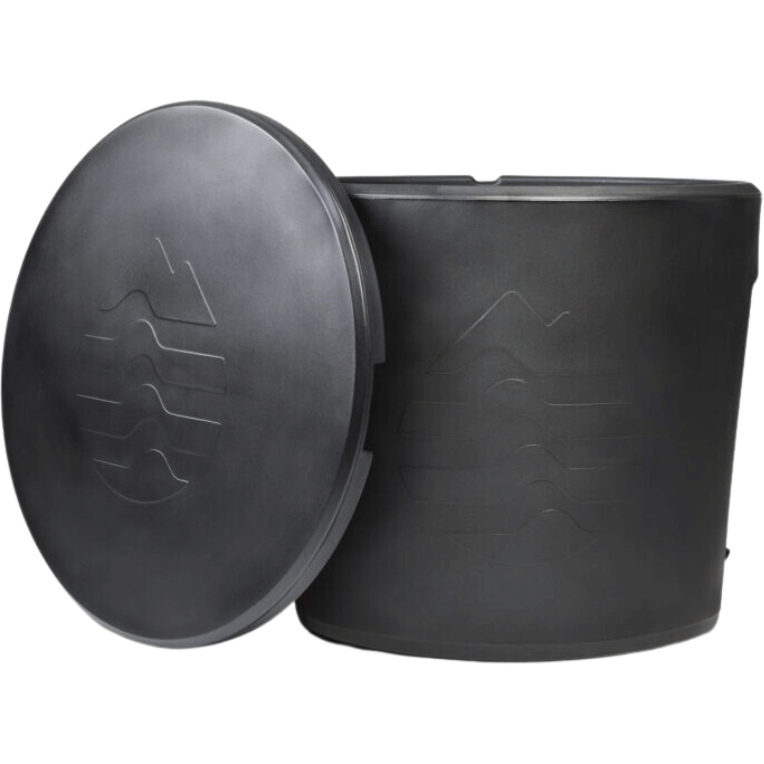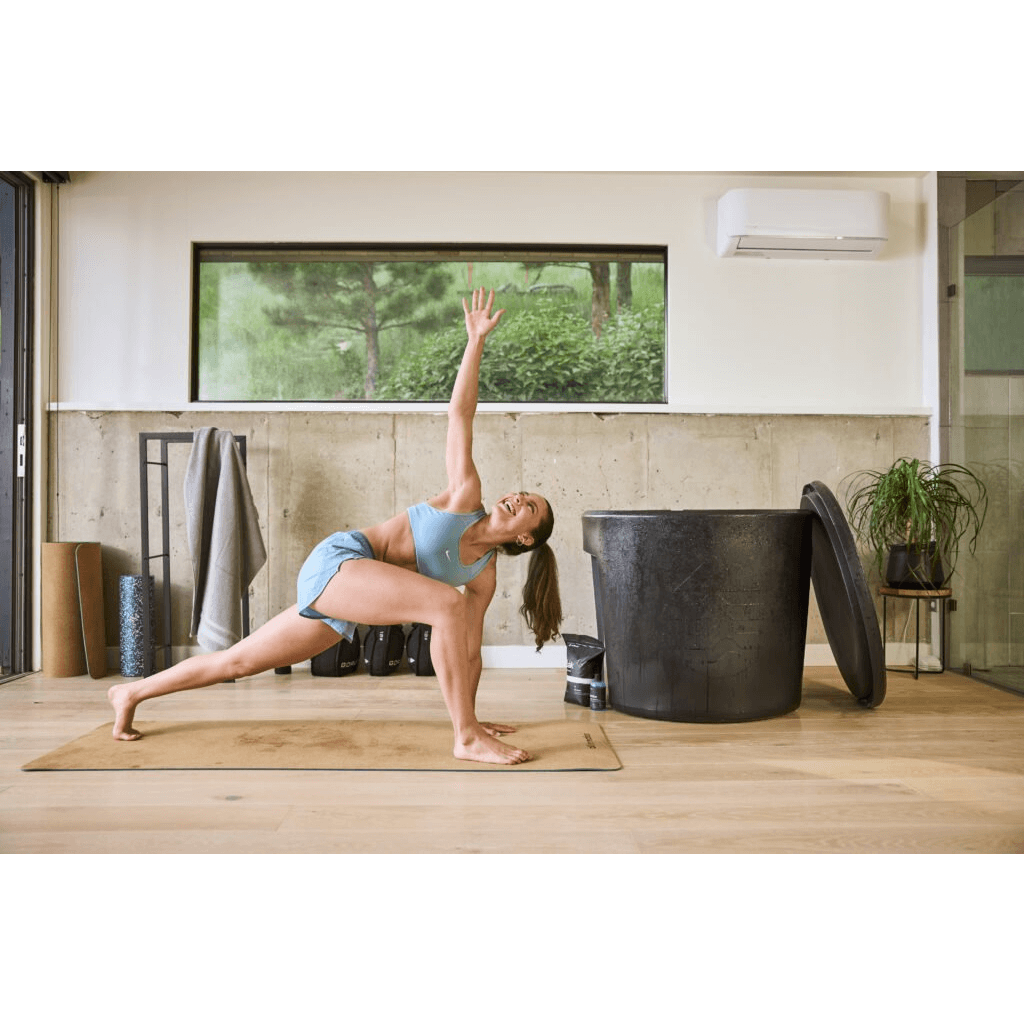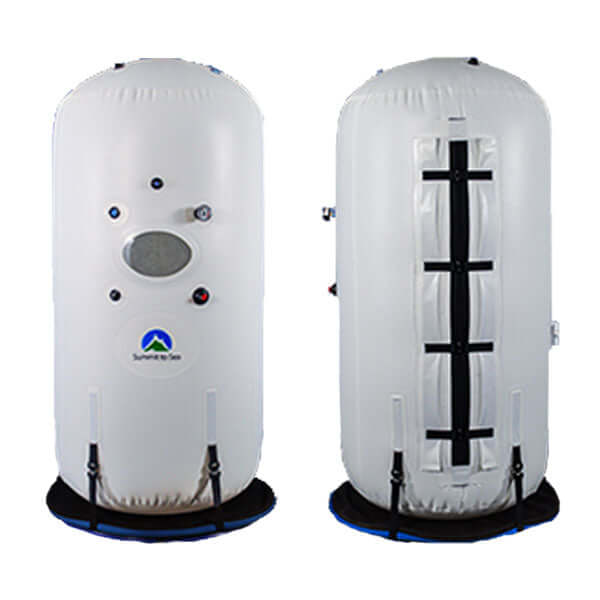Ice Baths: Boxers' Secret Weapon for Fast Recovery
Ice baths have become a popular recovery method for boxers who want to bounce back quickly after intense training or fights. These cold water immersion offer benefits that can help fighters stay on top of their game. Let's explore how ice baths are helping boxers recover faster and perform better, looking at the science, benefits, and best ways to use this powerful recovery tool.
Key Takeaways
| Benefit | Description |
|---|---|
| Reduced Inflammation | Cold water causes blood vessels to shrink,
delayed onset muscle soreness |
| Faster Recovery | Ice baths help flush out lactic acid, potentially speeding up muscle healing |
| Pain Relief | Cold therapy can numb pain and reduce post-workout soreness |
| Improved Circulation | After initial cold shock, blood flow increases, bringing nutrients to muscles |
| Mental Toughness | Regular ice baths can help build psychological resilience |
The Science Behind Ice Baths for Boxers
When boxers get into cold water, their bodies react in ways that can speed up recovery. The cold makes blood vessels smaller, which can help reduce swelling and inflammation in tired muscles. Cold plunge tubs work by cooling the skin and muscles, which can slow down the body's inflammatory response after a tough workout or fight. When the body warms up again, blood vessels expand, creating a "pump" effect that can improve circulation and potentially help remove waste products from muscles faster.
The cold water also helps wash out lactic acid, which builds up during exercise and can make muscles feel sore. By getting rid of this acid faster, boxers might feel less achy the next day. This means they can get back to training sooner without feeling as beat up. The cold also makes the body release a hormone called norepinephrine, which can help reduce pain and might improve mood and focus, which are important for a boxer's mental preparation.
Benefits of Ice Baths for Boxers
Ice baths offer several key benefits that can make a big difference for boxers, both in their physical recovery and mental preparation:
- Less muscle soreness: The cold can numb pain and reduce swelling, helping boxers feel better after tough training sessions.
- Faster recovery: By reducing inflammation, ice baths may help muscles heal quicker.
- Better blood flow: After the initial cold shock, blood rushes back into the muscles, bringing fresh oxygen and nutrients.
- Mental toughness: Sitting in cold water isn't easy, but it can help boxers build mental strength.
- Improved sleep quality: Some athletes report better sleep after ice bath sessions, which is crucial for overall recovery and performance.
- Potential boost to the immune system: Cold exposure may help produce more white blood cells, potentially helping boxers stay healthy during intense training periods.
These benefits can add up to give boxers an edge in their training and fights. Combining cold plunges with sauna sessions can even boost the effects, creating a powerful recovery routine that uses both heat and cold for maximum benefit.
How to Use Ice Baths Effectively
For boxers new to ice baths, it's important to start slow and build up over time. Here's a simple guide to help boxers use ice baths safely and effectively:
- Start with water around 50-59°F (10-15°C). This temperature is cold enough to help but not too extreme for beginners.
- Begin with short dips of 5-10 minutes. This lets your body get used to the cold without risking getting too cold.
- Gradually increase time up to 15 minutes as you get used to it. Over weeks or months, you can stay in longer as your body adapts to the cold.
- Take an ice bath right after training or a fight for the best results. The sooner you can get into the cold water after exercise, the more it will help reduce swelling and soreness.
- Focus on breathing calmly during the session. This can help you handle the initial cold shock and make the ice bath more relaxing.
- Gently move your arms and legs while in the water to keep blood flowing and prevent stiffness.
- After the ice bath, warm up slowly. Don't take a hot shower right away; instead, move around gently or do light stretches to warm up.
It's important to listen to your body and not overdo it. If you're shivering too much or feel uncomfortable, it's okay to get out sooner. Doing ice baths regularly is more important than staying in for a long time, so aim for short, consistent sessions rather than pushing yourself too hard.
RecovAthlete's Cold Plunge Solutions for Boxers
RecovAthlete offers several cold plunge options that are great for boxers looking to improve their recovery. The Ice Barrel 300 is a popular choice because it's simple and works well, making it easy for boxers to use cold therapy at home.
The Ice Barrel 300 is designed to fit most people and can be easily set up in a home gym or backyard. It holds 77 gallons of water, which is enough for a good soak. The barrel shape helps boxers stay upright, making it comfortable for the recommended 10-15 minute sessions. This design also allows for a full-body dip, ensuring that all major muscles benefit from the cold therapy.
For boxers who want more features, the Medical Frozen series offers advanced options like temperature control and filtration systems. These high-end tubs can provide a more customized cold therapy experience, allowing boxers to set exact temperatures and keep the water clean. Being able to set precise temperatures can be especially useful for gradually getting used to colder water or for tailoring the therapy to specific recovery needs.
Combining Ice Baths with Other Recovery Techniques
While ice baths are great, they work even better when used with other recovery methods. Boxers can create a complete recovery routine by adding:
- Red light therapy to help with muscle repair and reduce inflammation at a cellular level
- Gentle stretching to keep muscles flexible and improve range of motion
- Proper nutrition to refuel the body, including enough protein for muscle repair and complex carbohydrates to restore energy
- Quality sleep to allow for full recovery, aiming for 7-9 hours per night
- Massage or foam rolling to address muscle tightness and improve circulation
- Mindfulness practices like meditation to enhance mental recovery and focus
By combining these techniques, boxers can recover faster and stay in top shape for their next training session or fight. Using these different recovery methods together can lead to better overall performance, lower risk of injury, and a longer career in boxing.
Safety First: Ice Bath Precautions for Boxers
While ice baths can be very helpful, it's important to use them safely. Here are some key points to remember:
- Don't stay in too long - 15 minutes max for most people to avoid getting too cold
- If you have heart problems or high blood pressure, check with a doctor first as cold water can affect your heart
- Never use ice baths if you're feeling sick or have open cuts to prevent infection or getting sicker
- Make sure someone knows you're taking an ice bath, just in case you need help
- Slowly get used to the cold water over several sessions to minimize shock to your body
- Drink water before and after ice bath sessions, as cold exposure can make you dehydrated
- Pay attention to how you feel and get out of the bath if you're too uncomfortable or start shivering a lot
By following these safety tips, boxers can enjoy the benefits of ice baths without worrying. It's always better to be careful and build up slowly rather than risking negative effects from staying in too long or making the water too cold.
Beyond Ice Baths: Advanced Recovery Options
For boxers looking to take their recovery even further, there are more advanced options available. Hyperbaric chambers are becoming popular among top athletes for their potential to speed up healing and boost overall recovery. These chambers work by increasing the amount of oxygen in the body, which can help reduce inflammation and speed up the healing of small injuries that boxers often get.
Hyperbaric oxygen therapy (HBOT) has been shown to:
- Speed up wound healing and tissue repair
- Reduce swelling and inflammation
- Help the body fight infections better
- Possibly improve brain function and reduce mental fog after intense training
Conclusion: Embracing the Cold for Boxing Success
Ice baths have proven to be a valuable tool for boxers' recovery. By reducing inflammation, easing muscle soreness, and potentially speeding up recovery time, they can help fighters stay in top form. Whether using a simple Ice Barrel 300 or exploring more advanced options like the Medical Frozen series, boxers have plenty of choices to fit their needs and budget.
Remember, recovery is just as important as training when it comes to boxing success. By using ice baths and other recovery techniques regularly, boxers can train harder, recover faster, and feel their best when they step into the ring. Consistently taking care of your body after training can lead to better performance, lower risk of overtraining, and a longer, more successful boxing career.
As with any new training or recovery method, it's important to start slowly, listen to your body, and talk to coaches and doctors to develop a recovery plan that's right for you. With the right approach, ice baths can become an important part of a boxer's journey to peak performance and a long career in the sport. So give it a try – your body (and your boxing career) will thank you!







